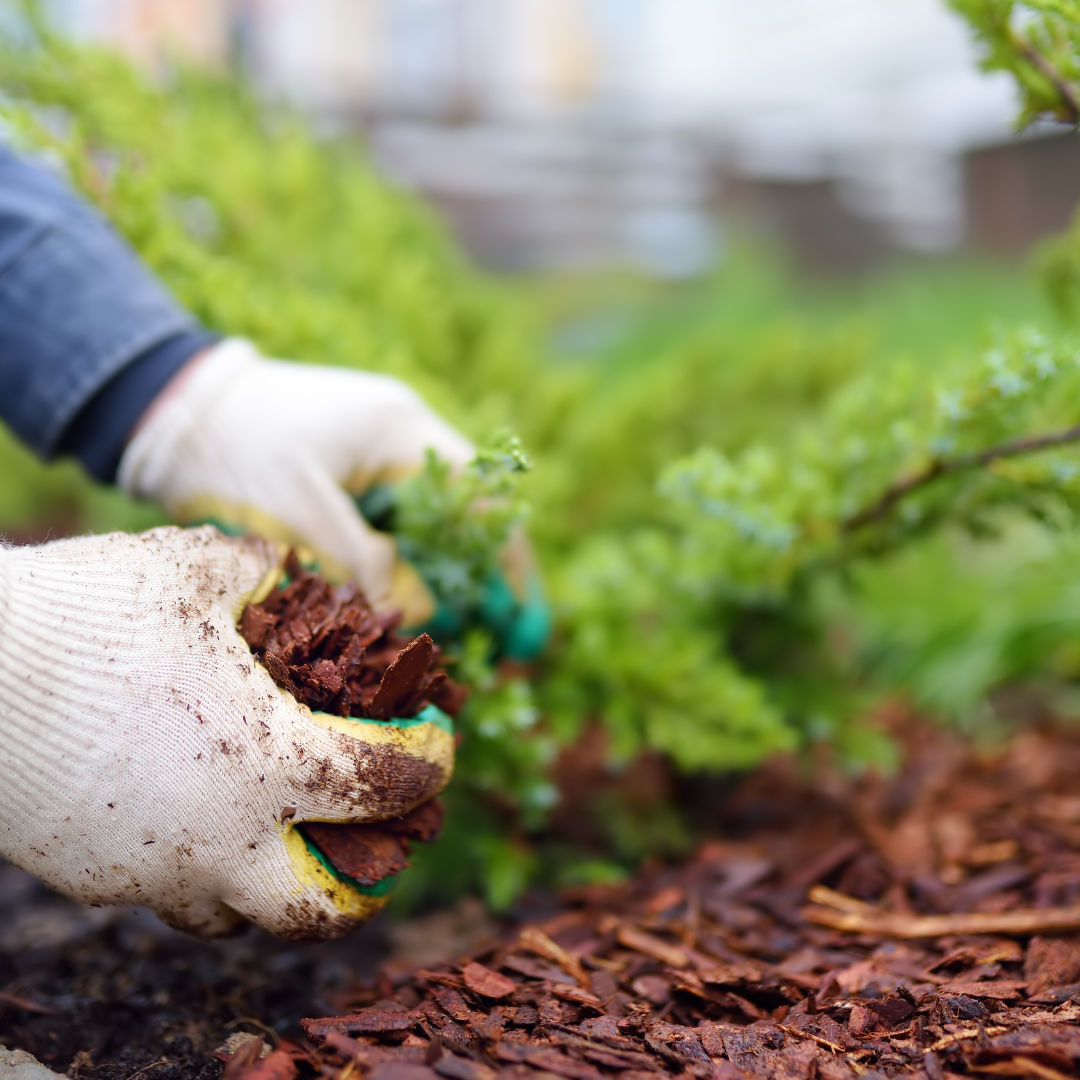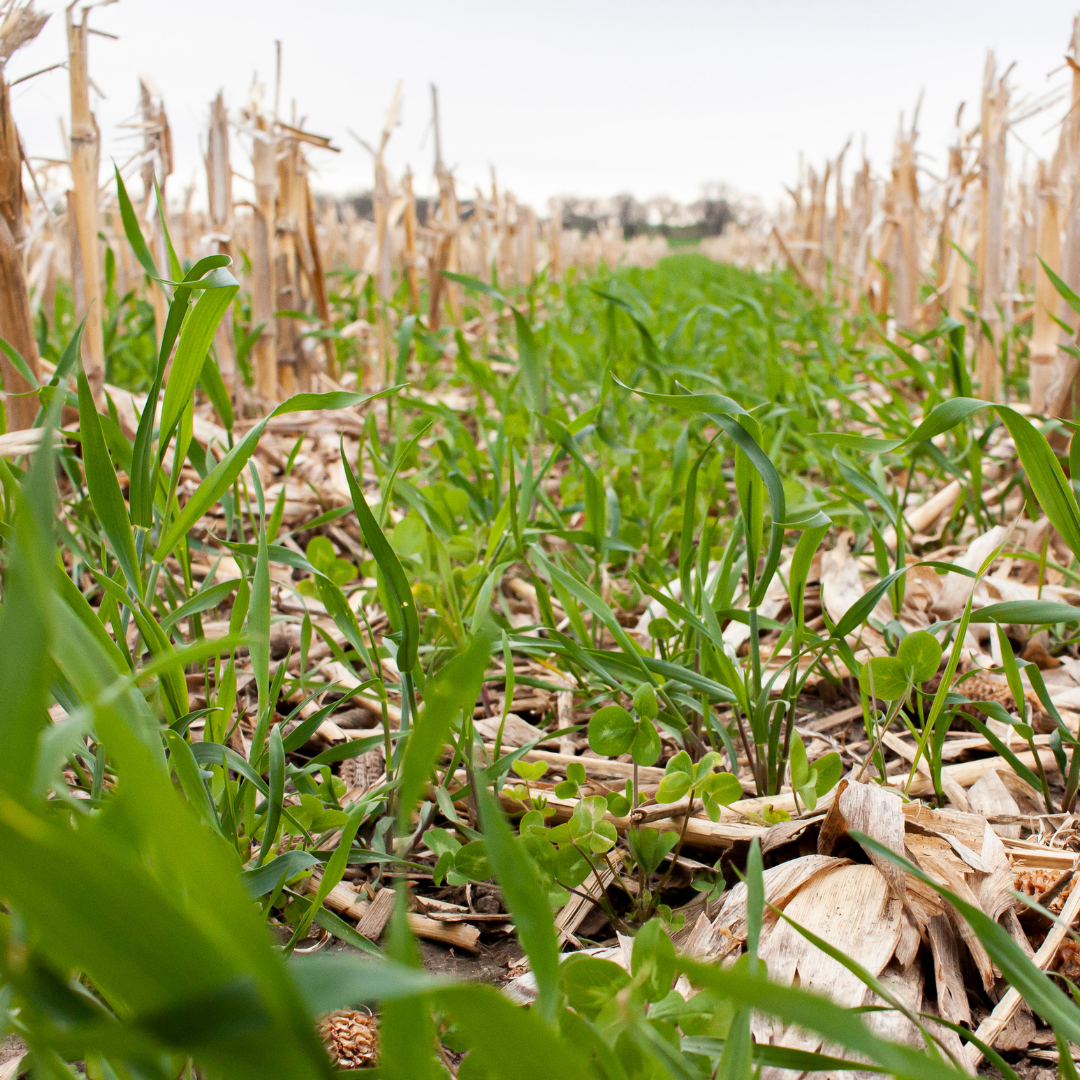Weeds can be a big problem for farmers and gardeners alike. They compete with crops for nutrients, sunlight, and water. Instead of using chemicals, there are natural methods to control weeds that are safe for the environment, crops, and even animals.
In this blog post, we will look at three simple and effective natural methods to control weeds.
Table of Contents
Toggle1. Mulching
Mulching is one of the easiest and most effective ways to control weeds. It involves covering the soil with a layer of organic or inorganic material.
This method helps in several ways, such as blocking sunlight, preventing weed seeds from sprouting and keeping the soil moist for your plants.
How Does Mulching Work?
Weed seeds need sunlight to grow. When you cover the soil with mulch, it blocks sunlight from reaching the seeds. This prevents them from germinating and growing into full weeds.

Mulch also keeps the soil moist, which benefits your plants and makes it harder for weeds to compete.
Types of Mulch
There are two types of mulch you can use: organic and inorganic.

- Organic Mulch: This includes materials like straw, grass clippings, leaves, or wood chips. Organic mulch has the added benefit of breaking down over time and adding nutrients to the soil.
- Inorganic Mulch: Materials like plastic sheets, rocks, or landscape fabric are considered inorganic mulches. While they don’t add nutrients to the soil, they last longer and are very effective at controlling weeds.
Tips for Using Mulch
- Apply a thick layer of mulch, at least 2-4 inches, to prevent weeds from breaking through.
- Make sure to leave space around the base of plants to avoid suffocating them.
- If you’re using organic mulch, check it periodically as it will break down and need to be replenished.
Mulching not only keeps weeds under control but also improves soil health and maintains moisture levels, benefiting your crops in multiple ways.
2. Hand Weeding
Sometimes the simplest methods are the best, and hand weeding is a classic, natural way to remove weeds. This method involves manually pulling weeds out of the ground by hand or with the help of simple tools.
Why Hand Weeding Works
Hand weeding ensures that you remove the entire weed, including the root. This is important because if the root is left in the ground, the weed can regrow.

Hand weeding is especially effective for dealing with small patches of weeds or for getting rid of weeds that are too close to your plants, where other methods might harm the crops.
How to Hand Weed Effectively
- Weed after watering: The soil is softer after rain or watering, making it easier to pull weeds out along with their roots.
- Use a weeding tool: Tools like a hoe or a dandelion weeder can make the job easier and help you get to the roots.
- Stay on top of it: It’s important to weed regularly. Young weeds are easier to remove than mature ones, which have deeper roots.
While hand weeding may seem labor-intensive, it gives you full control and ensures no harmful chemicals are added to your soil. Plus, it’s a good opportunity to inspect your crops for pests or diseases while you’re at it!
3. Crop Rotation and Cover Crops
Another effective way to control weeds naturally is by using crop rotation and planting cover crops.
These methods not only help with weed control but also improve soil health and boost the productivity of your farm.
How Crop Rotation Helps Control Weeds
Crop rotation means planting different types of crops in the same area in different seasons. This method helps to confuse weeds that thrive in the conditions created by specific crops.
For example, if a weed thrives on the conditions provided by a particular crop, planting a different crop in the next season can disrupt the weed’s growth cycle.
Certain crops also produce chemicals that suppress weeds naturally. For example, plants in the mustard family can release natural herbicides into the soil, helping to control weeds.

How Cover Crops Work
Cover crops are plants grown specifically to cover the soil when it’s not being used for main crops. They help in several ways:
- Shade out weeds: Cover crops grow quickly and form a thick layer over the soil, shading out weeds and preventing them from getting sunlight.
- Improve soil health: Many cover crops, like clover or alfalfa, add nutrients to the soil, improving its health and structure.
- Prevent weed seed germination: The roots of cover crops can make it difficult for weed seeds to germinate and grow.
Best Cover Crops for Weed Control
Some of the best cover crops for controlling weeds include:
- Clover: It grows quickly and shades out weeds while adding nitrogen to the soil.
- Ryegrass: A fast-growing cover crop that prevents weed seeds from sprouting.
- Buckwheat: This plant grows very fast and crowds out weeds, making it an excellent choice for weed control.
By using crop rotation and cover crops, you can create a natural system that keeps weeds under control while benefiting your soil and crops at the same time.
Conclusion
Controlling it naturally is not only possible but can be very effective. Mulching, hand weeding, and using crop rotation with cover crops are three simple, eco-friendly methods that can help you keep your farm or garden weed-free.
By avoiding chemical herbicides, you not only protect the environment but also improve the health of your soil and crops. Try out these methods and see how they work for you!
